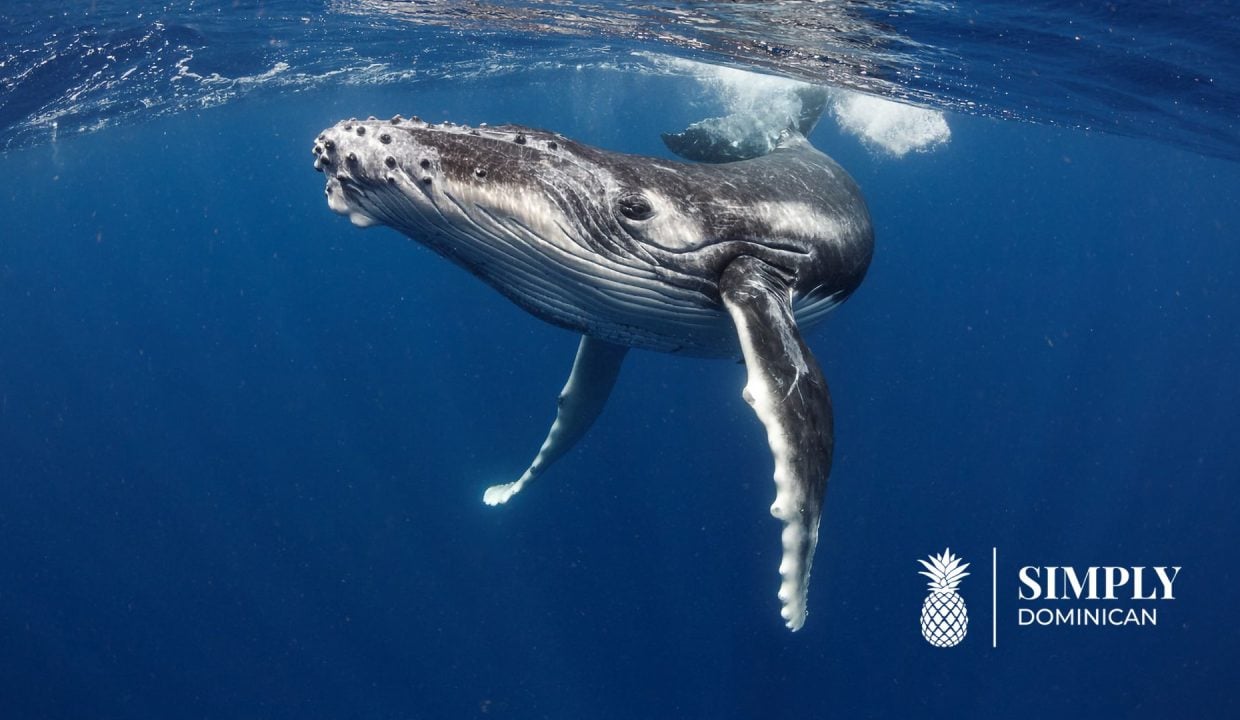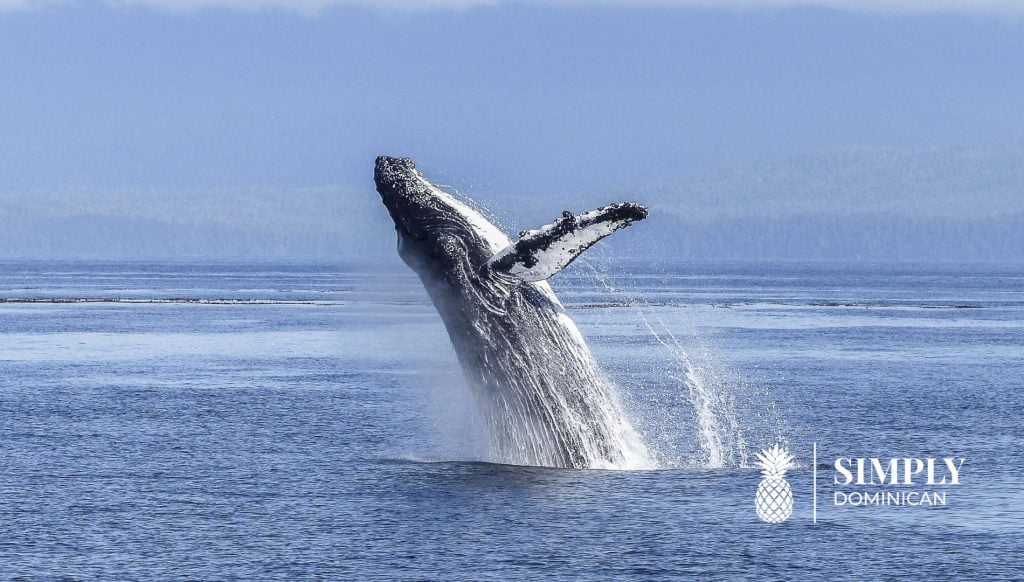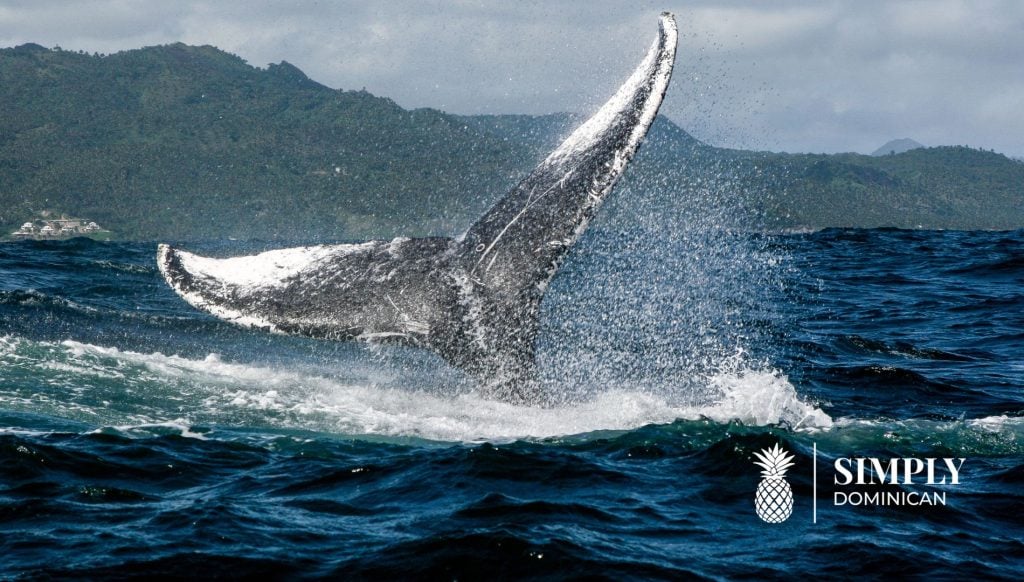
Key Takeaways
- Whale watching season: Mid-January to late March
- Peak sightings: January 15 to March 25
- Samana Bay whale sanctuary established in 1986
- Book reputable tour like Whale Samana for best experience
- Follow whale watching guidelines to not disturb whales
Overview of Whale Watching Season in Samana
The annual whale watching season in Samana runs from mid-January through late March. During this time, hundreds of humpback whales migrate to the warm, protected waters of Samana Bay to mate, give birth, and nurse their young calves.
The peak timeframe when sightings are highest is January 15th to March 25th or 31st. Tour operators offer daily boat trips to see the whales displaying mating behaviors, breaching out of the water, and caring for newborn calves.

History of the Marine Mammal Sanctuary
Samana Bay is part of the larger Marine Mammal Sanctuary Banco de la Plata y Navidad, one of the first protected marine habitats established in 1986. The sanctuary provides essential breeding and calving grounds for 1,500-2,000 humpback whales each winter.
As a protected area, the sanctuary has guidelines and regulations in place to prevent disturbance of the whales. Whale watching tour operators must be licensed and follow responsible practices.
Booking a Whale Watching Tour in Samana
Reputable tour companies like Whale Samana have been running daily trips since 1985. Their naturalist guides educate visitors about the whales and their conservation. Most tours last 3-4 hours, with transport options available from area resorts.
When choosing an operator, look for reviews on responsible whale watching practices. Avoid chasing, crowding, or disrupting the whales. Top-rated tours offer sightings while respecting these magnificent creatures.
What to Expect on a Whale Watching Tour
During the boat tour, trained naturalist guides will share information about the whales’ migration, life cycle, and the sanctuary itself. Sightings vary, but visitors often observe behaviors like breaching, tail slapping, spy hopping, lobtailing, and flipper slapping.
While not guaranteed, many tours encounter whales caring for calves, allowing you to witness the special bond between mother and baby. Seeing these magnificent giants in their natural habitat is an unforgettable experience.
Whale Watching Tips and Guidelines
To ensure responsible whale watching in Samana Bay, follow these guidelines:
- Don’t chase, crowd, or encircle whales
- No swimming with or touching whales
- Limit noise and boat speed near whales
- Follow instructions from naturalist guides
- Avoid separating mothers from calves

Frequently Asked Questions
What months can you see whales in Samana? The annual whale watching season is mid-January through late March, with peak sightings from January 15th to March 25/31st.
What company offers the best whale watching tour? Whale Samana is the most reputable, licensed operator for whale watching. Founded in 1985, their naturalist-led tours showcase the whales while following strict guidelines.
What will I see on a whale watching tour? During the 3-4 hour boat tour, expect to observe whales displaying mating behaviors like breaching, lobtailing, flipper-slapping and more. Witnessing mothers with calves is also common.
How can I help protect whales in Samana? Choose responsible tour operators, limit noise/disruption, and do not touch, feed or swim with the whales. Following whale watching guidelines prevents disturbance of these migratory creatures.
By showcasing these amazing creatures in their natural habitat each winter, whale watching supports the protected Marine Mammal Sanctuary and raises awareness for conservation efforts in Samana.
Need Assistance Planning Your Dream Vacation?
Our team at Simply Dominican is here to make your luxury travel dreams a reality. Whether you're seeking the perfect villa, personalized itineraries, or expert advice, we've got you covered.
